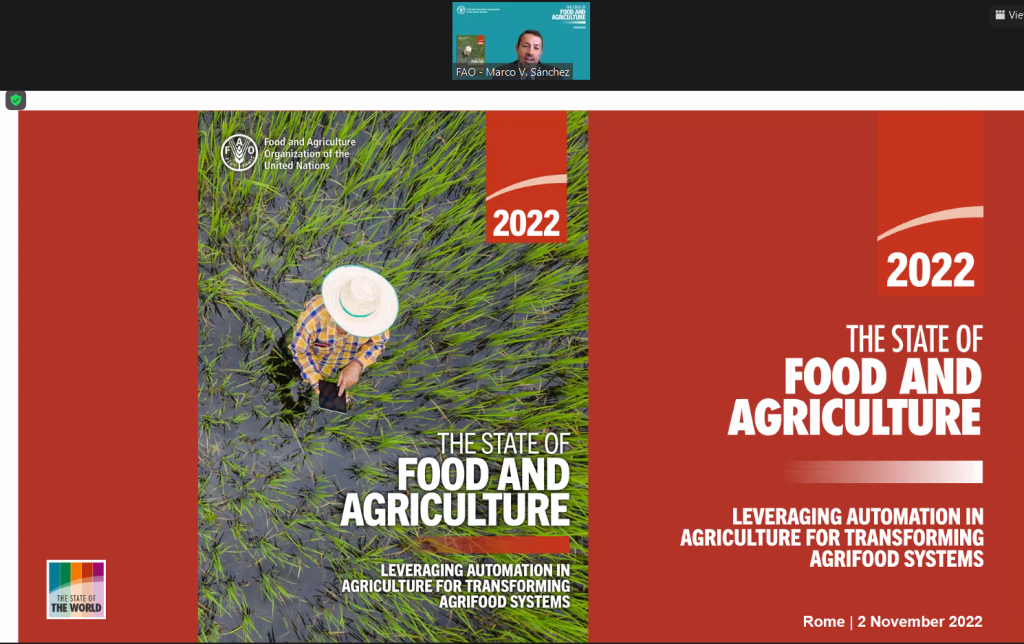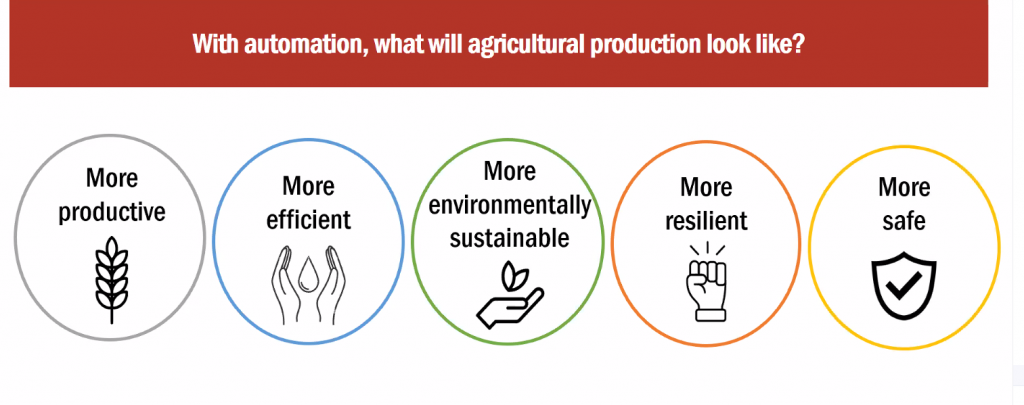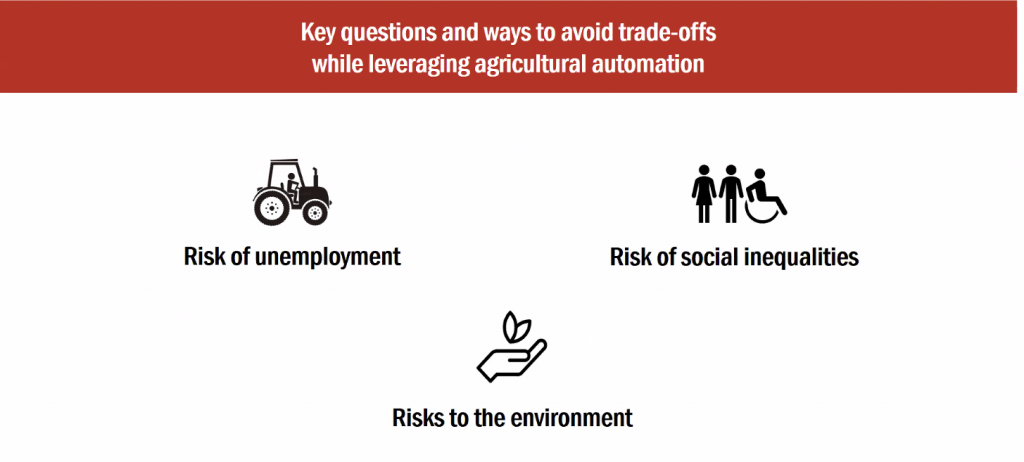
The Food and Agriculture Organization of the United Nations has today (2nd Nov) launched its latest report – The State of Food and Agriculture (SOFA) 2022: Leveraging agricultural automation for transforming agrifood systems. At the launch of the event, Qu Dongyu, Director-General of FAO spoke about the need for automation with scale neutrality ensuring it is accessible by both small scale and large scale producers.
Automation has been shaping world agriculture since the early twentieth century. Motorized mechanization has brought significant benefits in terms of improved productivity, reduced drudgery and more efficient allocation of labour, but also some negative environmental impacts. More recently, a new generation of digital agricultural automation technologies has appeared, with the potential to further enhance productivity, as well as resilience, while also addressing the environmental sustainability challenges driven by past mechanization.
Several advantages are realized through the use of automation:

Figure 1: Benefits of agricultural automation
However the risks of adoption of automated technologies must also be addressed, including the risk of unemployment, the risk of social inequalities in particular women and small scale farmers, and the risk to the environment. Governments have a role to play to ensure these risks are minimised.

Figure 2: The risks of agricultural automation
The entry points for leveraging agricultural automation were highlighted as:
- tailoring mechanisation to local needs
- investing in enabling infrastructure such as connectivity
- improving access to rural services and training
- avoiding subsidies promoting automation but instead focus on creating an enabling environment
- including all stakeholders in the automation roll-out.
The State of Food and Agriculture 2022 looks into the drivers of agricultural automation, including the more recent digital technologies. Based on 27 case studies, the report analyses the business case for adoption of digital automation technologies in different agricultural production systems across the world. It identifies several barriers preventing inclusive adoption of these technologies, particularly by small-scale producers. Key barriers are low digital literacy and lack of an enabling infrastructure, such as connectivity and access to electricity, in addition to financial constraints. Based on the analysis, the publication suggests policies to ensure that disadvantaged groups in developing regions can benefit from agricultural automation and that automation contributes to sustainable and resilient agrifood systems.
The full report is available here.


